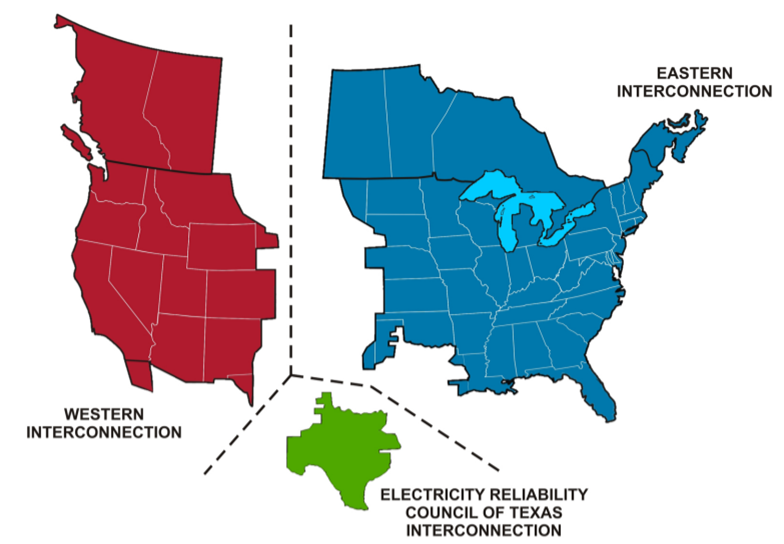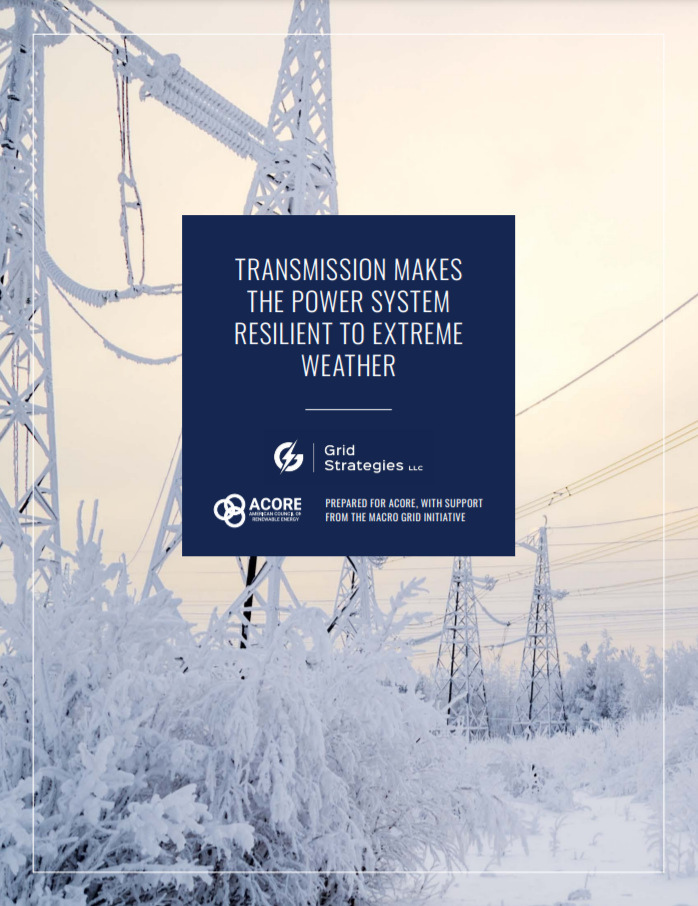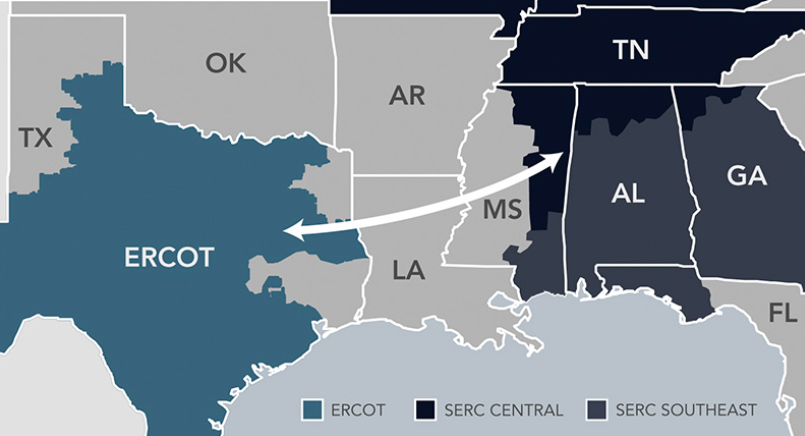One Year Later: Winter Storm Uri
By Daniel Wolf
February 15, 2022
Today marks the one-year anniversary of the Texas blackouts – deadly power failures that left hundreds dead and millions in the cold during Winter Storm Uri. A year later, many Texans remain concerned that the Electric Reliability Council of Texas (ERCOT), the organization tasked with managing Texas’ power grid, is not doing enough to prevent a future disaster. In fact, a recent poll indicates that 90 percent of Texans agree state officials should be doing more to ensure the grid can withstand future weather events.
As we reflect on the tragic repercussions of the outages, it is constructive to focus on a fundamental pathway that can help make the Lone Star State’s grid more reliable. The unfortunate reality is that the Texas Interconnection is largely closed to adjacent grids, making it inherently less resilient than the nation’s other electricity markets. To help ensure that power remains available even in extreme weather, state leaders should consider increasing grid connections to neighboring regions.

It’s clear a lack of transmission into the state significantly exacerbated the outages, the financial toll, and the unnecessary loss of life. To help put this in perspective, an ACORE analysis found each additional gigawatt (GW) of transmission capacity connecting Texas with neighboring states in the Southeast could have saved nearly $1 billion and kept the heat on for approximately 200,000 Texas homes during the storm.

Findings from a joint Federal Energy Regulatory Commission (FERC) and North American Electric Reliability Corporation investigation into the causes of the outages confirm that – while neighboring grid operators MISO and SPP were able to import around 13 GW of electricity to help mitigate generation shortfalls and meet energy demand – Texas was hurt by its inability to import electricity. In fact, the report recommended that ERCOT conduct a study to evaluate the benefits of additional links between Texas and neighboring states that could provide increased ability to import power during emergencies.
While the Public Utility Commission of Texas (PUCT) has enacted important new winterization requirements for power plants, the Commission must also consider the costs and benefits of increased transmission in the state as well as increased coordination with other power regions. The installation of interregional transmission ties should be at the top of the PUCT’s list. Importantly, FERC Chairman Richard Glick has stated that this can be done without ceding jurisdictional authority to the federal government – long a point of contention in the Lone Star State.
Currently, there is a proposed line to connect ERCOT to the rest of the Southeast that’s been in development for over 10 years. The Southern Cross Transmission line has the potential to deliver two GW — or 400,000 homes worth — of much-needed capacity to Texas homes and businesses. Building this high-voltage, bi-directional line will not only ensure greater power reliability in Texas but allow the state to export power to southeast markets during times of excess generation. Fortunately, last month the PUCT agreed to complete all regulatory reviews of the project by the end of the year.

We should, of course, be building many more of these lines in the coming decade – and all across the country. Congress is currently considering legislation that will provide important tools to assist in transmission deployment, including a new tax credit for high-voltage lines and funding for transmission planning, permitting and siting. Extreme weather events are increasing in frequency and severity – it’s time to build a robust transmission network that will ensure reliability in the face of increasing threats.
###
Join leaders from across the renewable energy sector.

What will our next 20 years look like? Here’s the truth: they’ll be better with ACORE at the forefront of energy policy.
Shannon Kellogg
Amazon Web Services (AWS)
